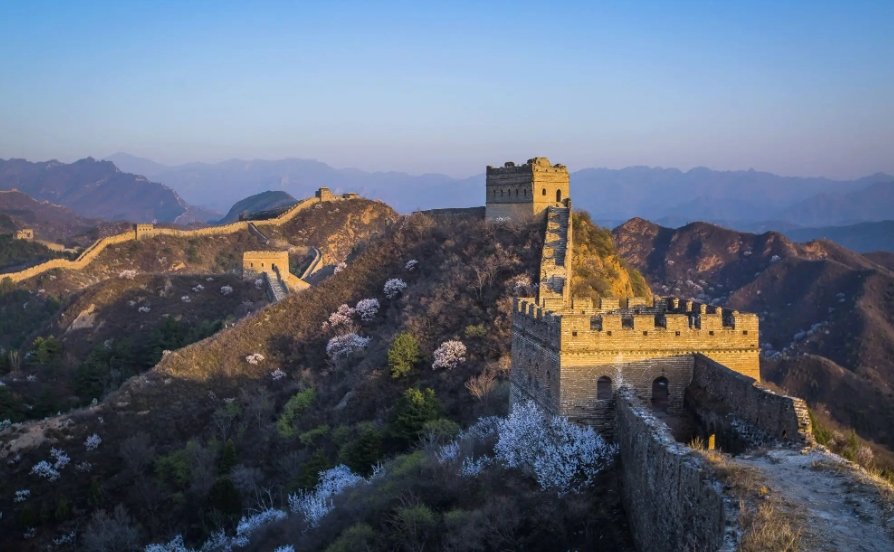
Jiankou: Scaling the Wildest Heights of the Great Wall
The Great Wall of China, a UNESCO World Heritage site and a testament to human ingenuity and perseverance, stretches for thousands of miles across diverse terrains. While some sections have been meticulously restored for tourists, others remain untouched, bearing the full weight of history and the ravages of time. Among these wild, untamed sections, Jiankou ('Arrow Nock') stands out as a breathtaking, yet formidable, challenge.
Situated roughly 70 kilometers north of Beijing, Jiankou earned its name from the shape of its collapsed watchtower, resembling an arrow nock. This 20-kilometer stretch of the wall snakes its way along the steep ridges of the Yanshan Mountains, connecting the Huanghuacheng section in the east to Mutianyu in the west. Built during the Ming Dynasty, Jiankou was once a vital strategic point, guarding the capital from invaders. Today, it offers a glimpse into the Wall's untamed past, untouched by restoration and cloaked in a veil of wild beauty.
What makes Jiankou so challenging, even for seasoned hikers, is its unforgiving terrain. The path, if you can call it that, is a precarious dance with danger. Crumbling ramparts, steep ascents and descents, and crumbling watchtowers demand utmost caution with every step. Jagged rocks jut out at unexpected angles, and vegetation often obscures the already treacherous path. Adding to the challenge are the steep cliffs that flank the wall on either side, leaving little room for error.
Yet, despite the risks, adventurers and thrill-seekers are drawn to Jiankou's wild embrace. The reward for conquering this section of the Wall is an unparalleled sense of accomplishment and breathtaking views that are well worth the effort. From the crumbling watchtowers, one can gaze upon a sea of verdant mountains, their peaks often shrouded in mist, creating an almost mystical atmosphere. The silence, broken only by the wind whistling through the ancient stones, adds to the sense of awe and solitude.
However, it is crucial to approach Jiankou with the utmost respect for its dangers. This is not a hike for the faint of heart or the unprepared. Sturdy hiking boots are non-negotiable, and a good head for heights is essential. Engaging a local guide is highly recommended, as they possess invaluable knowledge of the terrain and can navigate the treacherous paths safely.
Jiankou stands as a powerful reminder of the Great Wall's enduring legacy. It's a place where history and nature intertwine, offering a glimpse into the Wall's untamed past and challenging those brave enough to walk its ancient stones. While dangers abound, the rewards for conquering Jiankou are immeasurable, making it a destination that will forever be etched in the memories of those who dare to tread its path.
Q&A:
1. What is the most challenging aspect of hiking Jiankou?
The most challenging aspect of hiking Jiankou is the combination of its crumbling infrastructure and treacherous terrain. Steep ascents and descents, crumbling walls and watchtowers, and the constant presence of steep cliffs on either side make it a demanding and potentially dangerous hike.
2. Is it safe to hike Jiankou without a guide?
While it is technically possible to hike Jiankou without a guide, it is not recommended. Local guides possess crucial knowledge about the safest routes, potential hazards, and weather conditions. They can also provide essential assistance in case of emergencies.
3. What kind of views can hikers expect to see at Jiankou?
Jiankou offers breathtaking panoramic views of the surrounding Yanshan Mountains. Hikers are rewarded with vistas of lush green peaks, often shrouded in mist, creating an awe-inspiring and almost mystical atmosphere. The feeling of solitude and the sheer scale of the landscape are truly unforgettable.